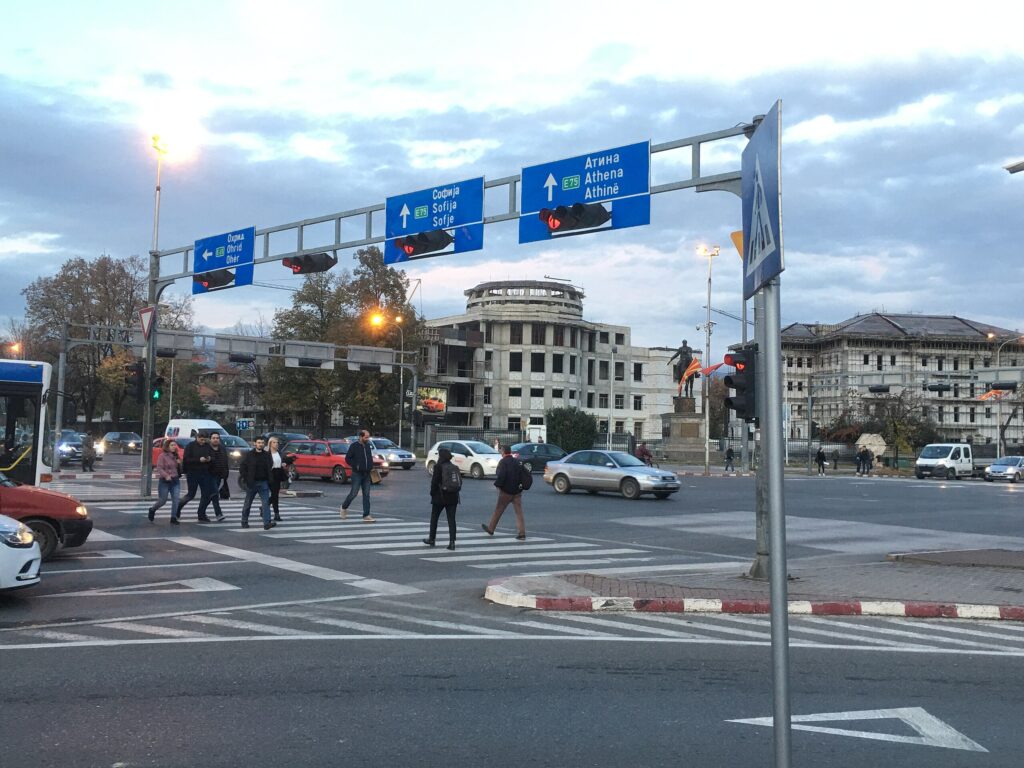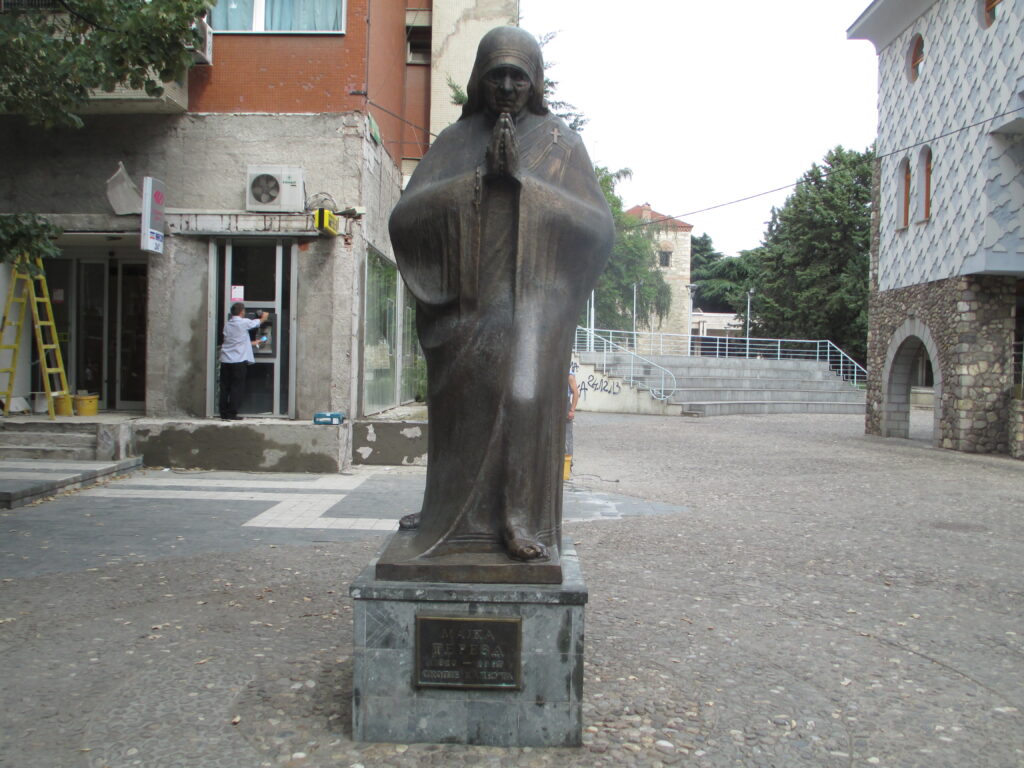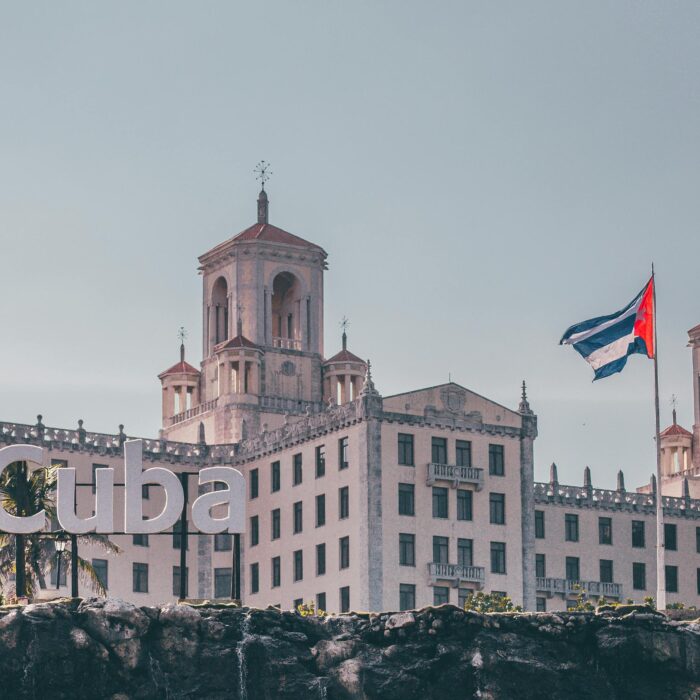Quick facts about Macedonia:
- Location: Located in Southeast Europe on the Balkan Peninsula.
- Capital: Skopje.
- Official Name: Republic of North Macedonia.
- Official Language: Macedonian.
- Population: Approximately 2 million people.
- Currency: Macedonian Denar (MKD).
- Flag: Features a red field with a yellow sun in the center.
- Religion: Predominantly Eastern Orthodox Christianity.
- Geography: Diverse landscapes, including mountains, lakes, and valleys.
Fact 1: Macedonia is a historical area and Greece influenced the official name of Macedonia
The historical region of Macedonia has deep historical roots and has been associated with various cultures and civilizations throughout history, including ancient Macedon, which was led by figures like Alexander the Great. The use of the name “Macedonia” became a point of contention, particularly between Greece and the country that is now officially known as North Macedonia.
Greece, having its own northern region named Macedonia, was concerned about potential territorial claims and historical implications associated with the use of the name. The naming dispute was a longstanding issue in diplomatic relations between the two countries.
The Prespa Agreement, signed in June 2018 between Greece and North Macedonia, was a diplomatic resolution to this naming dispute. As part of the agreement, North Macedonia officially changed its name to the Republic of North Macedonia, addressing Greece’s concerns and fostering improved relations between the two nations. Greece’s influence in the resolution of the naming issue played a significant role in the adoption of the new official name.

Fact 2: Lake Orchid in Macedonia is very ancient
Lake Ohrid, situated on the border between North Macedonia and Albania, stands as one of Europe’s oldest and deepest lakes. With an estimated age ranging from 2 to 3 million years, Lake Ohrid is not only a natural marvel but also boasts a maximum depth of approximately 288 meters (944 feet). Renowned for its rich biodiversity and cultural importance, this ancient lake remains a significant and picturesque landmark in the region.
Fact 3: More than 80% of Macedonia’s territory is mountainous
The country is known for its diverse landscapes, including mountain ranges, valleys, and lakes. The presence of mountains contributes to the scenic beauty of North Macedonia and offers opportunities for various outdoor activities such as hiking and trekking. Some notable mountain ranges in North Macedonia include the Šar Mountains, the Osogovo-Belasica mountain range, and the Bistra mountain range, among others.

Fact 4: There are many old Orthodox churches and monasteries in Macedonia
North Macedonia is home to numerous old Orthodox churches and monasteries, reflecting its rich cultural and religious heritage. These religious sites often showcase distinctive architectural styles and house valuable frescoes and religious artifacts. Some notable examples include:
- Saint Panteleimon Monastery: Situated on the southern shore of Lake Ohrid, this monastery dates back to the 10th century and is known for its Byzantine-style frescoes.
- Saint Jovan Bigorski Monastery: Located in the Šar Mountains, this monastery features intricate woodcarvings and is dedicated to Saint John the Baptist.
- Saint Sophia Church: Situated in Ohrid, this church is one of the oldest in North Macedonia, dating back to the 11th century, and is recognized as a UNESCO World Heritage site.
- Saint Naum Monastery: Found near Lake Ohrid, this monastery is dedicated to Saint Naum and boasts stunning views of the lake.
- Saint Clement’s Monastery: Situated on Plaošnik Hill in Ohrid, it is associated with Saint Clement of Ohrid and houses archaeological remains and a reconstructed church.
These sites contribute to North Macedonia’s cultural and historical identity, drawing visitors and pilgrims alike. They offer a glimpse into the country’s past and the significance of Orthodox Christianity in the region.
Note: If you plan to visit the country, check if you need an International Driver’s License in Macedonia to drive.
Fact 5: Mother Teresa was born in Macedonia
Mother Teresa, originally named Anjezë Gonxhe Bojaxhiu, was born on August 26, 1910, in Skopje, which was then part of the Ottoman Empire and is now the capital of North Macedonia. Mother Teresa dedicated her life to humanitarian work and became a symbol of compassion and selflessness. She founded the Missionaries of Charity order and received numerous awards for her charitable efforts, including the Nobel Peace Prize in 1979. Mother Teresa’s birthplace, Skopje, honors her legacy, and her childhood home has been turned into a museum dedicated to her life and work.

Fact 6: Macedonia has one of the deepest underwater caves in the world
Cave Vrelo, located in the Matka Canyon near Skopje, North Macedonia, is known for having one of the deepest underwater caves in the world. The exact depth of the cave can vary, but it is often cited as one of the deepest underwater cave systems, with some portions reaching depths of over 200 meters (656 feet). The cave is popular among cave divers and enthusiasts, and its exploration has contributed to our understanding of subterranean environments. Matka Canyon, where Cave Vrelo is situated, is a picturesque natural area with a lake, canyon, and diverse flora and fauna.
Fact 7: The capital city of Skopje has been rebuilt several times
One significant event in Skopje’s history was the devastating earthquake of 1963, which caused extensive damage to the city. In the aftermath of the earthquake, a comprehensive reconstruction effort was initiated. The reconstruction project, led by architects and urban planners, aimed not only to rebuild the city but also to reshape its urban landscape.
As a result, Skopje showcases a mix of architectural styles, incorporating both historic and modern elements. The city’s central area, often referred to as the Skopje 2014 project, underwent substantial redevelopment to create a more monumental and aesthetically unified city center.

Fact 8: For more than 4 centuries Macedonia was ruled by the Ottoman Empire
During a span of more than four centuries, North Macedonia was under Ottoman rule, shaping various aspects of its identity. This influence is notably visible in the architectural landscape, with mosques and Ottoman-style structures adorning cities like Skopje and Tetovo. Culinary traditions bear Ottoman marks, seen in dishes like kebabs and baklava. Linguistically, Ottoman Turkish contributed some terms to the Macedonian language. The coexistence of mosques and Orthodox Christian sites reflects the Ottoman legacy in religious diversity. This historical era remains a pivotal chapter, profoundly impacting North Macedonia’s culture, language, and overall historical narrative.
Fact 9: Macedonia has its own Stonehenge
The Archaeo-astronomical Site Kokino is often referred to as the “Macedonian Stonehenge.” Kokino is an ancient archaeological site located in the Kodžadžik mountain in North Macedonia. It is known for its megalithic observatory that dates back to the Bronze Age.
Key features of Kokino include:
- Observatory Function: Kokino is believed to have served as an observatory for tracking celestial events, including the movement of the sun and moon. Some of the stones are arranged to align with the sunrise and sunset during specific periods.
- Bronze Age Origin: The site is estimated to be around 3,800 years old, placing it in the Middle Bronze Age. It is considered one of the oldest astronomical observatories in the world.
- Megalithic Structures: The site consists of stone markers and platforms that were likely used for various astronomical and ritualistic purposes.
While not exactly similar to Stonehenge in terms of structure, Kokino shares the theme of being an ancient site with astronomical significance. It has been recognized as a UNESCO World Heritage site for its cultural and historical importance.

Fact 10: Macedonians prefer rakija from alcohol
Rakija is a traditional fruit brandy that is popular in many Balkan countries, including North Macedonia. It is typically made through the distillation of fermented fruit, and common fruits used for rakija include plums, grapes, and apricots.
While it’s true that rakija holds cultural significance and is enjoyed in North Macedonia, preferences for alcoholic beverages can vary among individuals. Some Macedonians may indeed have a preference for rakija, especially during cultural or festive occasions, while others may enjoy a variety of alcoholic beverages, including wine and beer.

Published February 26, 2024 • 7m to read





